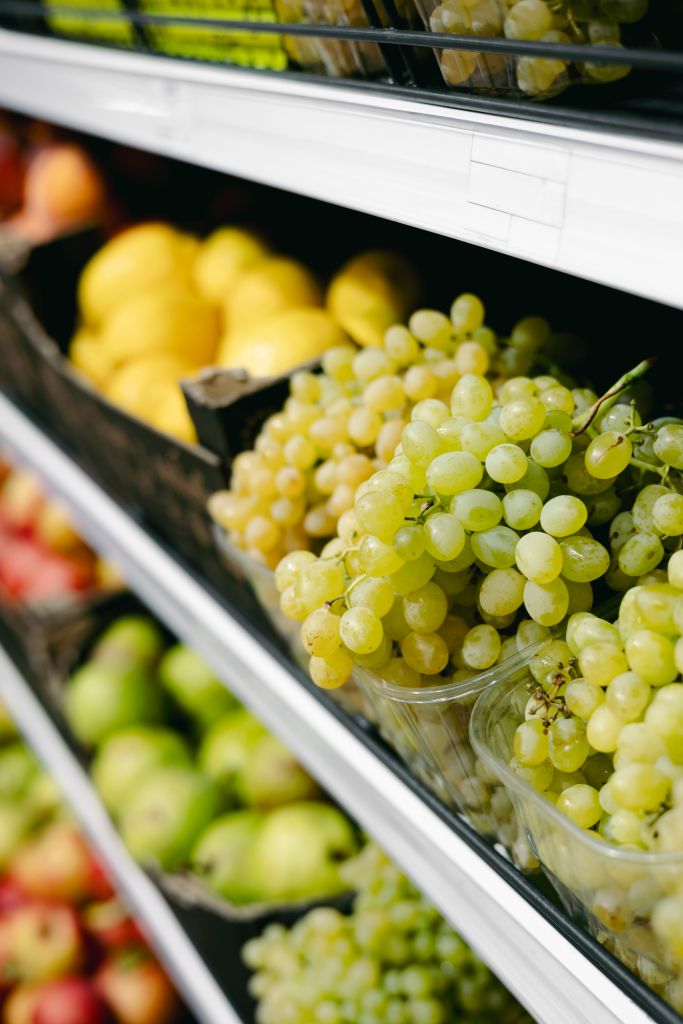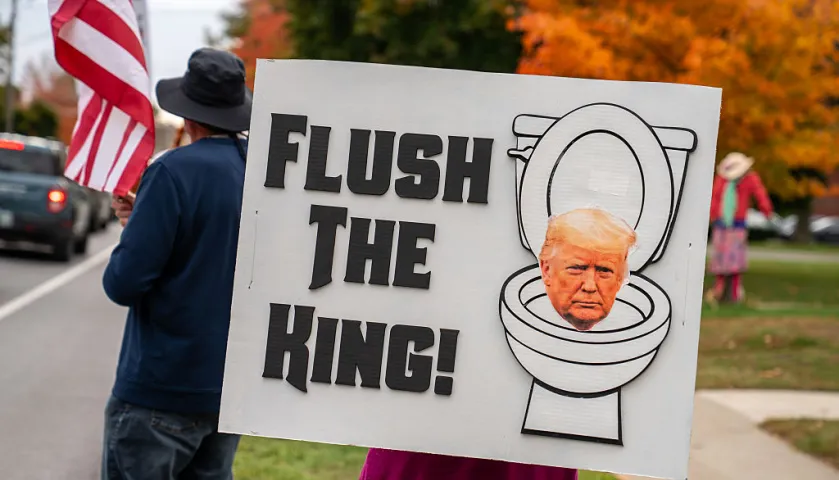Millions Could Lose Food Assistance By November

TRENDING: Why the Government Shut Down and What It Means for You
As we endure the government shutdown for a third week, states have begun issuing warnings that concern funding for food, as things are about to dry up. The Texas Health and Human Services Department warned, “SNAP benefits for November won’t be issued if the federal government shutdown continues past Oct. 27.” Colorado, Illinois, Minnesota, Oregon, New York, Pennsylvania, and West Virginia officials have also issued similar warnings, saying that the SNAP assistance program is to run out of money in a matter of days.. On Thursday, Agriculture Secretary Brooke Rollins said, “We’re going to run out of money in two weeks.”
Find out if you could lose your SNAP benefits.
SNAP benefits are a program that assists people near or below the poverty line to afford groceries. Federal money funds this program, but it is administered by local agencies as well as the state. Last week, the United States Department of Agriculture began notifying states that they are seeking alternative sources of funding. States are recommended to pause issuing benefits approved after October 16. This interference with funds will disrupt nearly 42 million people. The United States Department of Agriculture has a contingency plan that allows the agency to access reserve funding to keep SNAP operating if the government continues to be shut down longer than a month. However, it would cost around $8 billion to keep benefits flowing in November, which makes it challenging to pull the needed funds. According to CNN, the size of the contingency fund is around $6 billion. The deputy commissioner of Connecticut’s Department of Social Services, Peter Hadler, said States could scrape the money together themselves to keep the benefits flowing, but they shouldn’t be expected to be reimbursed.
Your state might be in the biggest trouble.
Benefits can also come late or to only some families. The New York Times reports that the USDA has a plan that would allow it to prioritize November funds to the people who need it the most.












